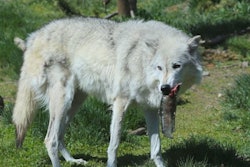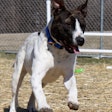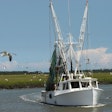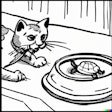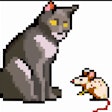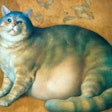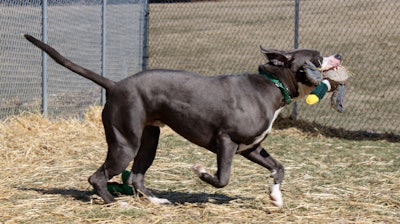
Mirroring popularity in human diets, high-protein, low-carbohydrate dog foods have increased in prevalence, not only in regular adult dog diets but also in targeted weight loss formulations. While this high protein demand has encouraged the use of muscle tissue in pet foods, sustainability concerns have led to a reevaluation of livestock co-products as pet food ingredients. Researchers at the Universidade Federal do Rio Grande do Sul conducted an experiment to examine the effects of hydrolyzed chicken liver powder compared to poultry by-product meal on various nutritional parameters and fecal metabolites in dogs.
“Increasing dietary protein may increase undigested protein in the hindgut, modifying intestinal fermentation and fecal metabolite concentrations,” the study authors wrote in the Journal of Animal Science.
Research on hydrolyzed chicken liver in dog food
Their study, conducted with twelve healthy adult dogs, evaluated the effect of six different diets. The dog foods varied by protein source, either poultry by-product meal or hydrolyzed chicken liver powder, and concentration (24%, 32%, and 40%) on apparent total tract digestibility of nutrients, metabolizable energy, fecal and urinary characteristics and fecal metabolites. The scientists divided the dogs into groups of six that ate one of the diets for 30 days before rotating to another dog food formulation.
Results indicated that dogs fed hydrolyzed chicken liver powder diets exhibited a greater apparent total tract digestibility of crude protein, suggesting superior digestibility of hydrolyzed chicken liver powder. However, this came with trade-offs as dogs eating hydrolyzed chicken liver powder diets had lower apparent total tract digestibility of fat and carbohydrates, impacting overall metabolizable energy. High-protein diets, irrespective of the source, reduced apparent total tract digestibility of dry matter, organic matter, fat, carbohydrates and energy.
The study found that high-protein diets led to an increase in daily fecal output and moisture. Fecal characteristics also changed, with a noticeable increase in soft, moist stools within the ideal range. Fecal metabolites associated with protein fermentation, such as ammonia and branched-chain fatty acids, were elevated in dogs consuming poultry by-product meal and high-protein diets.
Fecal metabolite profiles varied with different protein concentrations. Fecal valerate, a short chain fatty acid, concentration was notably higher in dogs fed poultry by-product at 32% crude protein, while isobutyrate tended to increase in dogs fed poultry by-product and high-protein diets. Additionally, fecal lactate concentration increased in dogs fed hydrolyzed chicken liver powder and high-protein diets.
While hydrolyzed chicken liver powder demonstrated superior digestibility, its inclusion slightly increased fecal score and moisture. However, it effectively decreased fecal metabolites associated with proteolytic fermentation in the colon.





